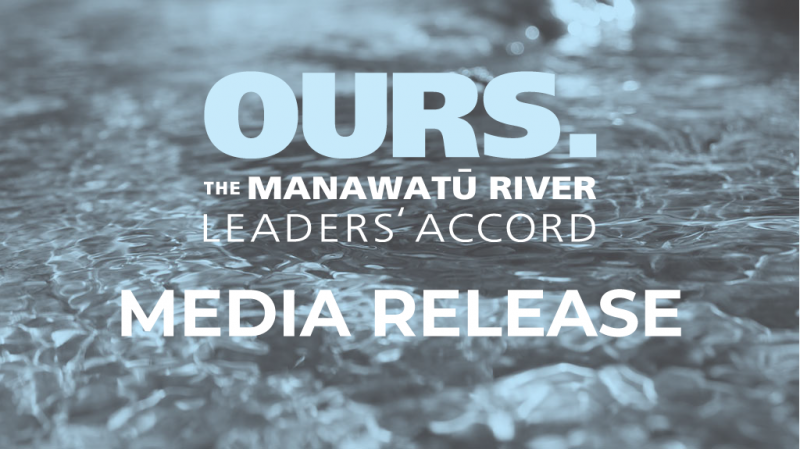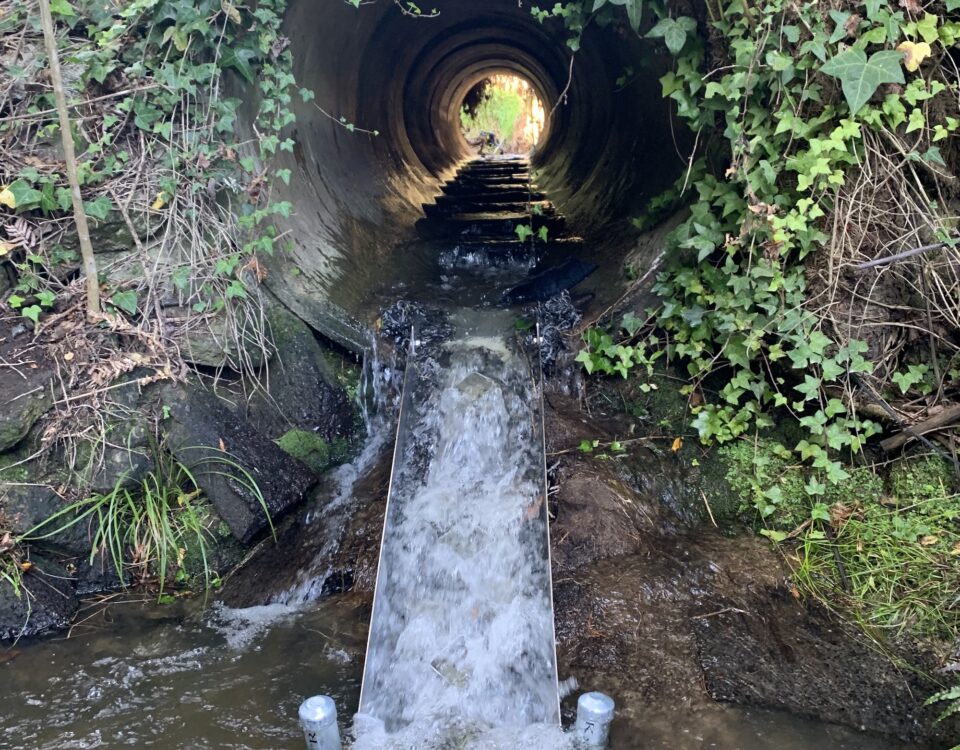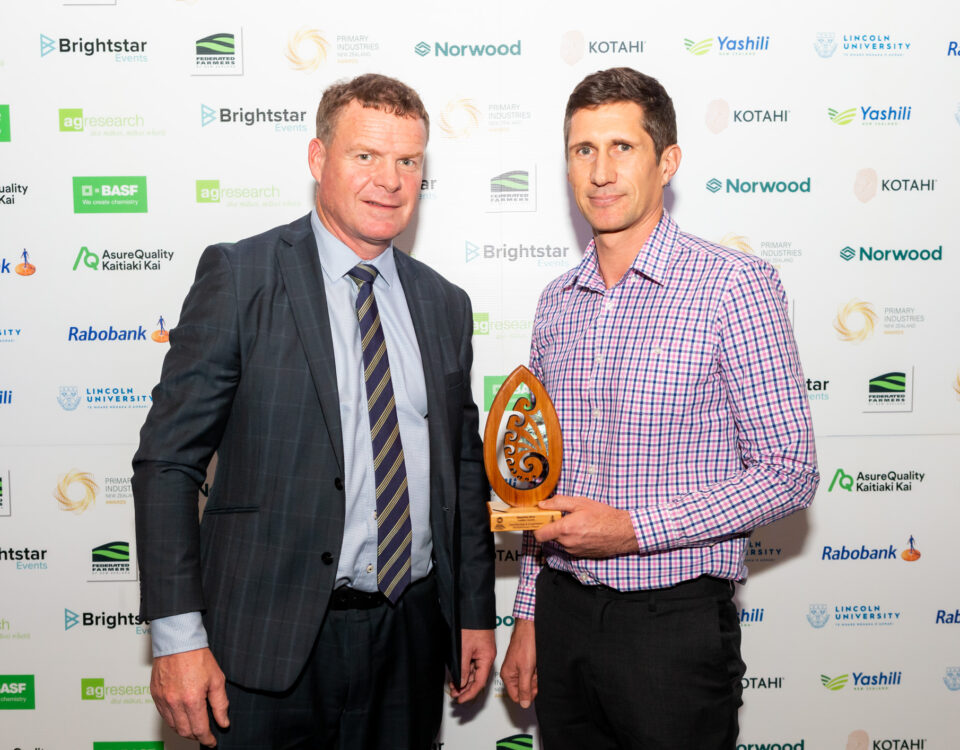
Media release from Accord member Horizons Regional Council around the launch of this year’s summer swim spot monitoring programme, which was developed to help inform the public about potential health risks and involved weekly monitoring of over 80 recreational sites in the Manawatū-Whanganui Region.
Horizons Regional Council’s summer swim spot monitoring programme is underway to help inform the public about potential health risks and highlight over 80 recreational sites in the Manawatū-Whanganui Region.
The annual monitoring programme runs from November to the end of April and tests bacteria levels for freshwater rivers, and coastal beaches and lakes. This year sees two additional sites, Tasman Sea at Ototoka Beach and Mangawarariki at Ruahine Dress Circle, taking the number of sites monitored to 83.
Horizons natural resources and partnerships group manager Dr Jon Roygard says that weekly water samples collected from each site are sent to an independent accredited lab for testing.
“Results are received within 48 hours and are updated on Horizons’ dedicated Safe Swim Spots’ webpage where an interactive online map shows each of the swim spots marked by a red, amber or green location maker to indicate that week’s bacteria results,” says Dr Roygard.
“The traffic light system used is part of the Ministry of Health and Ministry for the Environment guidelines that provide guidance to Councils and District Health Boards regarding how they should act when certain levels of indicator bacteria or algae are detected.
“For our lakes and rivers, green/should be safe to swim indicates a sample is less than 260 E. coli per 100ml, amber/could be a health risk is 261-550 E. coli per 100ml and red/avoid swimming is greater than 550 E. coli per 100ml. If a site falls into the red category, information is provided to the public that the site is considered unsuitable for recreational use.
“Gravel bed river sites and lakes are also tested for cyanobacteria, which is an algae that can be potentially toxic. Horizons will be keeping an eye on this during summer and also reporting these results on the website. However, we do urge public and their animals to stay out of the water if they are at a river and see black, slimy mat-like growth on the stones that may also be musty smelling In lakes, potentially toxic algae are visible as bright green “blooms” with surface scum often found at the lake edge.”
Dr Roygard says the results from the monitoring programme are used to help inform the Council’s work programmes and policies.
“A recent report, commissioned by Horizons and completed by Land Water People (LWP), presented the current state of water quality for specific sites across the region, relative to targets set in the One Plan and the National Policy Statement for Freshwater Management (NPS-FM). The study also assessed water quality trends for each site, and across the region, up to June 2017,” says Dr Roygard.
“Horizons’ monitoring network doubled in 2007-08, meaning that 10-year trends are now available for many sites for the first time.
“This includes new sites both upstream and downstream of point source discharges, such as wastewater treatment plants.
“The LWP report indicates E. coli concentrations generally do not meet bathing suitability guidelines for the One Plan or the National Objectives Framework. However, improving trends in wastewater E. coli concentrations over the last 10 years correlates strongly with improving trends at Horizons’ downstream monitoring sites.
“This is strong evidence that improvements in E. coli over the last decade can be associated with point-source improvements, such as the upgrades wastewater treatment plants.
“Relationships between state and trends indicate high priority issues. When combined with local knowledge of catchments, this information can be used to target future work and inform programme development such as regenerating native bush, planting poplar and willow poles on erosion-prone land, and planting riparian margins along our waterways.
“Modelling for the Ministry for the Environment estimates that work already planned will see the length of rivers in the region suitable for swimming increase from 43 per cent to 60 per cent over the 12 years to 2030.
“While this modelling does not take into account factors such as climate change, economic or social drivers, or future changes to policy, Council recently aspired to higher targets of 70 per cent by 2030 and 80 per cent by 2040.”
Dr Roygard says that in addition to their own website, Horizons’ 80 plus monitored sites can also be found alongside New Zealand’s 16 regional and unitary councils’ data on Land Air Water Aotearoa’s (LAWA) ‘Can I swim here?’ webpage. LAWA is a collaboration between the councils, the Cawthron Institute, and Ministry for the Environment, with support from the Tindall Foundation.
“In addition to water quality LAWA’s website includes local weather, tides, surf, water temperature, flow-rate, whether a site is patrolled by lifeguards, and information on each site’s facilities such as camping and toilets.
“We do want to remind people that water quality is just one factor in a number of potential health risks. We ask the public to be aware of hazards such as unstable banks and cliffs, submerged logs, and tsunami warnings and rips at beaches.
“Another thing to remember is that as sampling is weekly, the results may not always reflect the water quality for the whole week, especially if it has rained. A general rule is if the water looks clear or it’s three days after rainfall, you should be good to go.”
Horizons swim spot campaign includes the competition ‘Swim, Splash and Share Your Region’, which encourages the public to post a photo of their favourite swim spot along with the hashtag #swiminourregion and the site’s location tagged to Facebook, Instagram or Twitter. Entries are automatically in the draw to win a $1500 adventure package.



